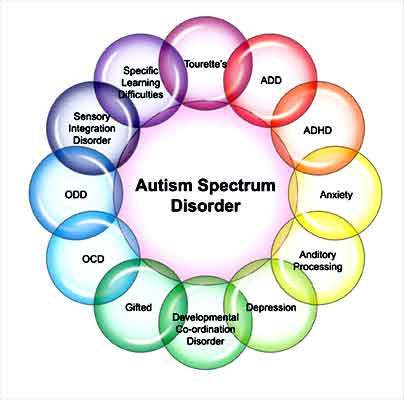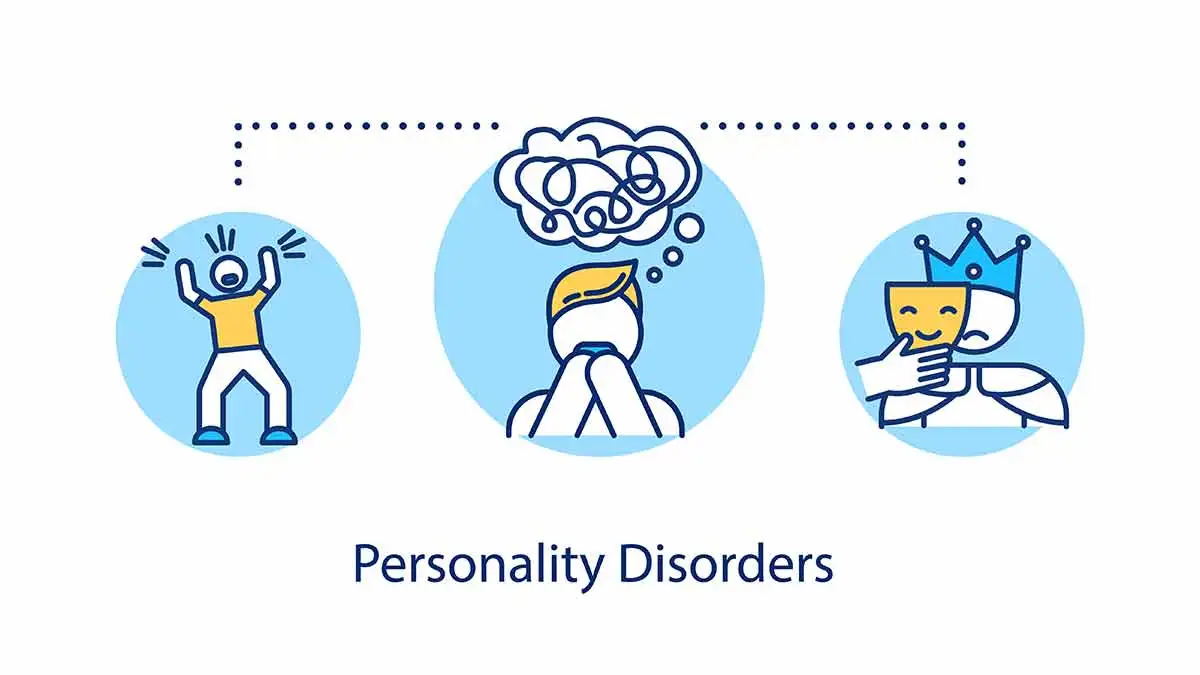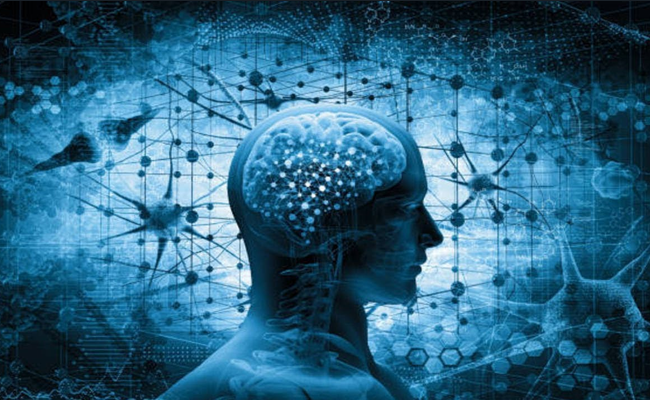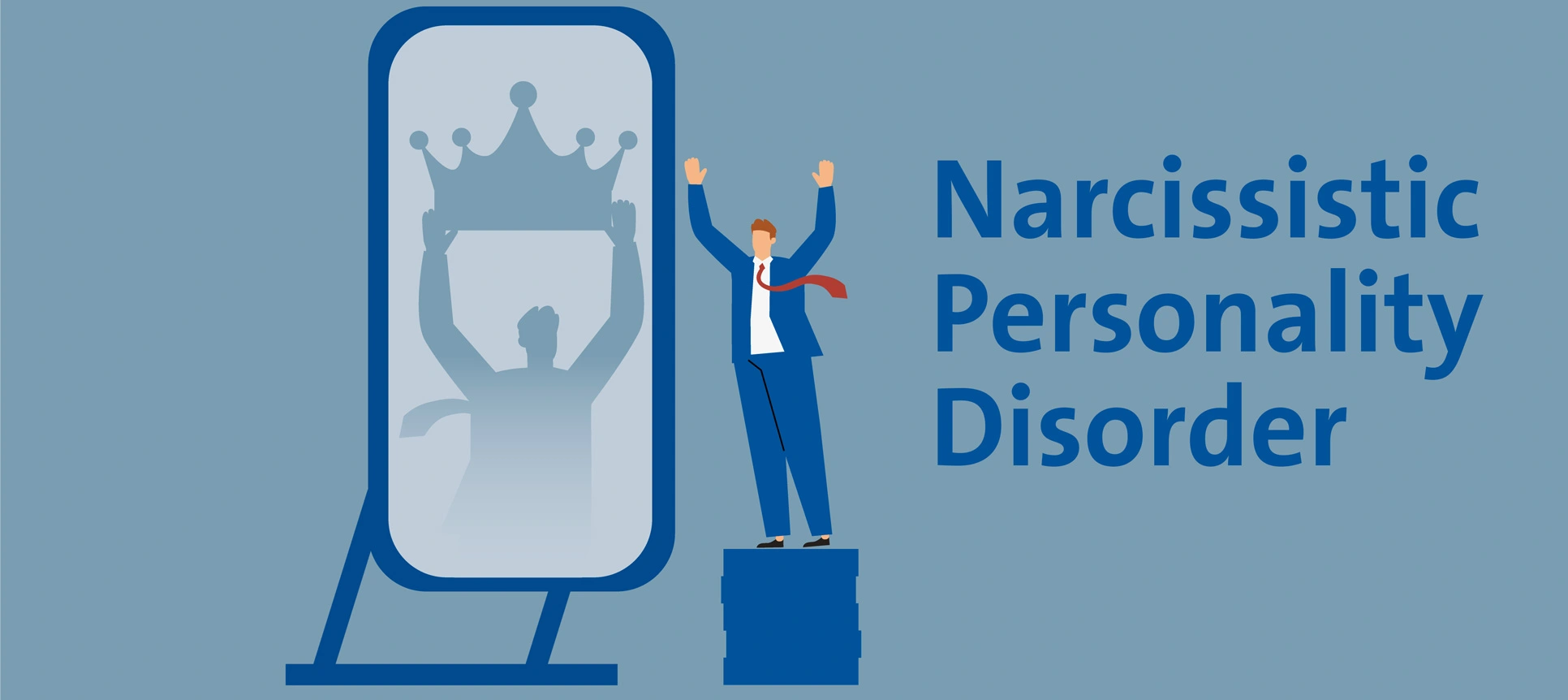Autism spectrum disorder (ASD) is a neurodevelopmental disorder that affects communication, social interaction, and behavior. It is called a spectrum disorder because it affects people in different ways and to varying degrees. ASD is characterized by challenges with communication, social interaction, and repetitive or restricted behaviors, interests, or activities.
According to the Centers for Disease Control and Prevention (CDC), the prevalence of ASD is currently estimated to be 1 in 54 children in the United States. Boys are about four times more likely to be diagnosed with ASD than girls. The average age of diagnosis is around four years old, although many children are diagnosed later in life.
The causes of ASD are not fully understood, but research suggests that a combination of genetic and environmental factors may contribute to its development. Some studies have shown that ASD may be linked to a variety of genetic and environmental factors, including prenatal exposure to certain chemicals and infections, as well as advanced parental age.
The symptoms of ASD can vary widely from person to person, but typically involve difficulties in social interaction, communication, and behavior. Some common symptoms include:
- Difficulty with eye contact and nonverbal communication, such as facial expressions and body language
- Difficulty with understanding and using language, including delayed language development, repetitive language, or using language in a literal way
- Difficulty with social interaction, including difficulty making friends, understanding social cues, and engaging in back-and-forth conversation
- Repetitive or restrictive behaviors, such as repeating certain words or phrases, obsessively following routines, or becoming fixated on certain interests or topics
- Sensory sensitivities, such as being sensitive to loud noises, bright lights, or certain textures or tastes
Diagnosing ASD typically involves a comprehensive evaluation by a team of healthcare professionals, including a developmental pediatrician, neurologist, psychologist, and speech therapist. The evaluation may include assessments of the child’s communication, social interaction, and behavior, as well as medical tests and screenings.
Early intervention is critical for children with ASD, as it can improve outcomes and help children develop important skills. Treatment for ASD may include a range of interventions, including behavioral therapy, speech therapy, and occupational therapy. Medication may also be prescribed to manage specific symptoms, such as hyperactivity, anxiety, or depression.
Parents and caregivers of children with ASD may face unique challenges, such as managing their child’s behaviors and finding appropriate educational and social resources. Support groups and resources, such as the Autism Society and Autism Speaks, can provide valuable information and support to families affected by ASD.
While there is no cure for ASD, research continues to explore new treatments and interventions that can improve outcomes for people with ASD. Many individuals with ASD go on to lead successful and fulfilling lives, and with early intervention and appropriate support, children with ASD can make significant progress in their development and social interactions.
![]()





